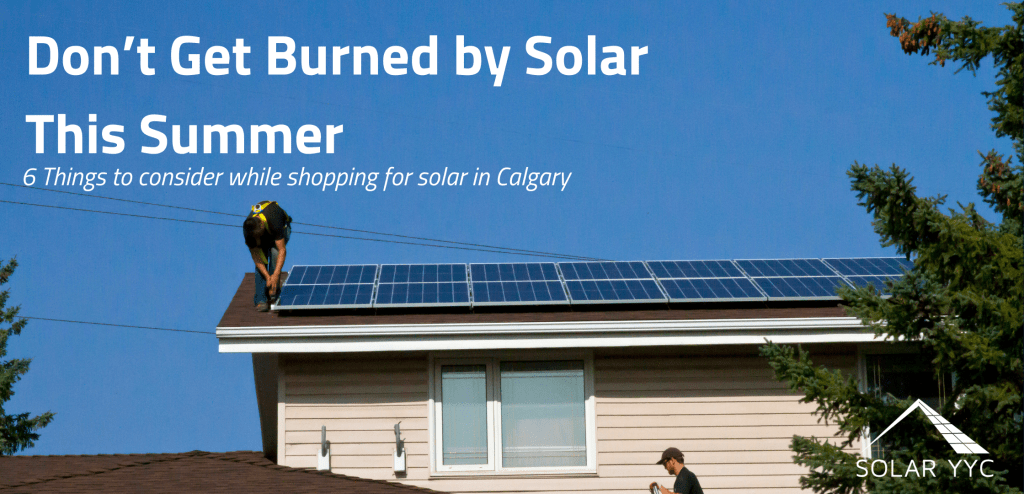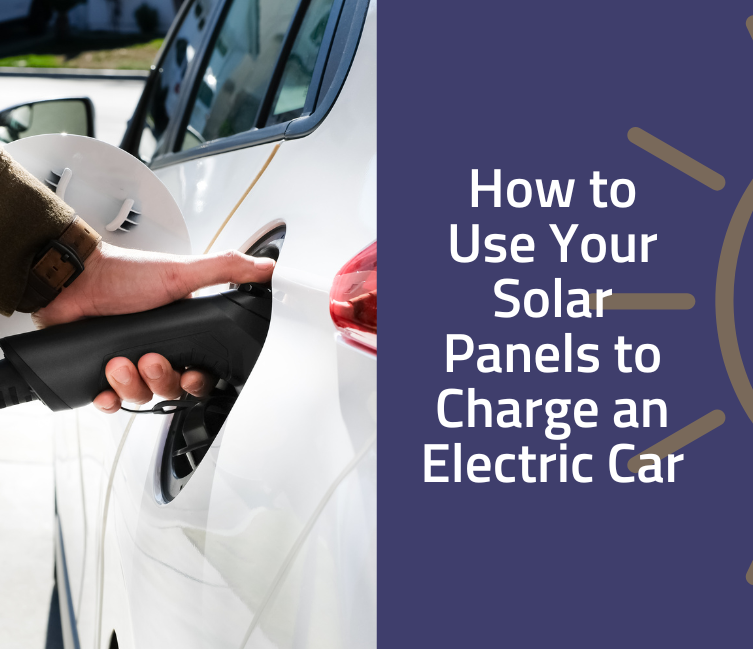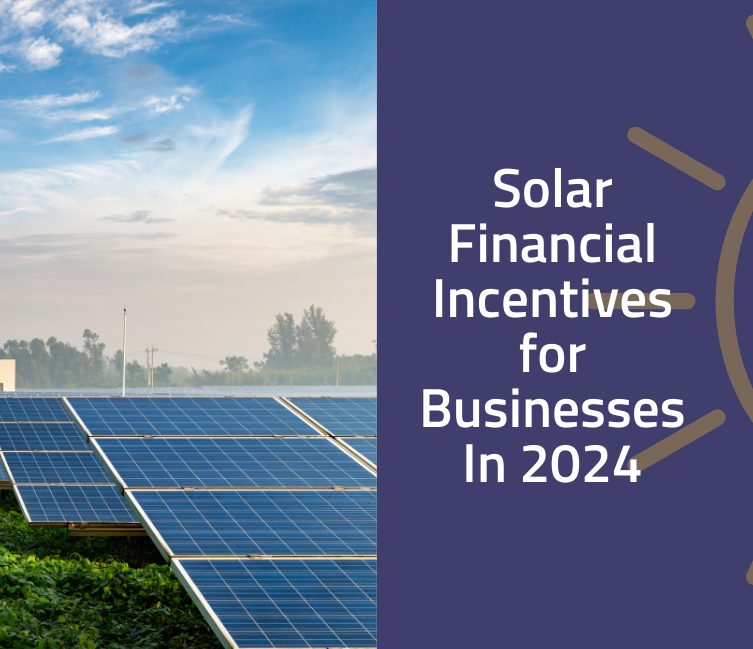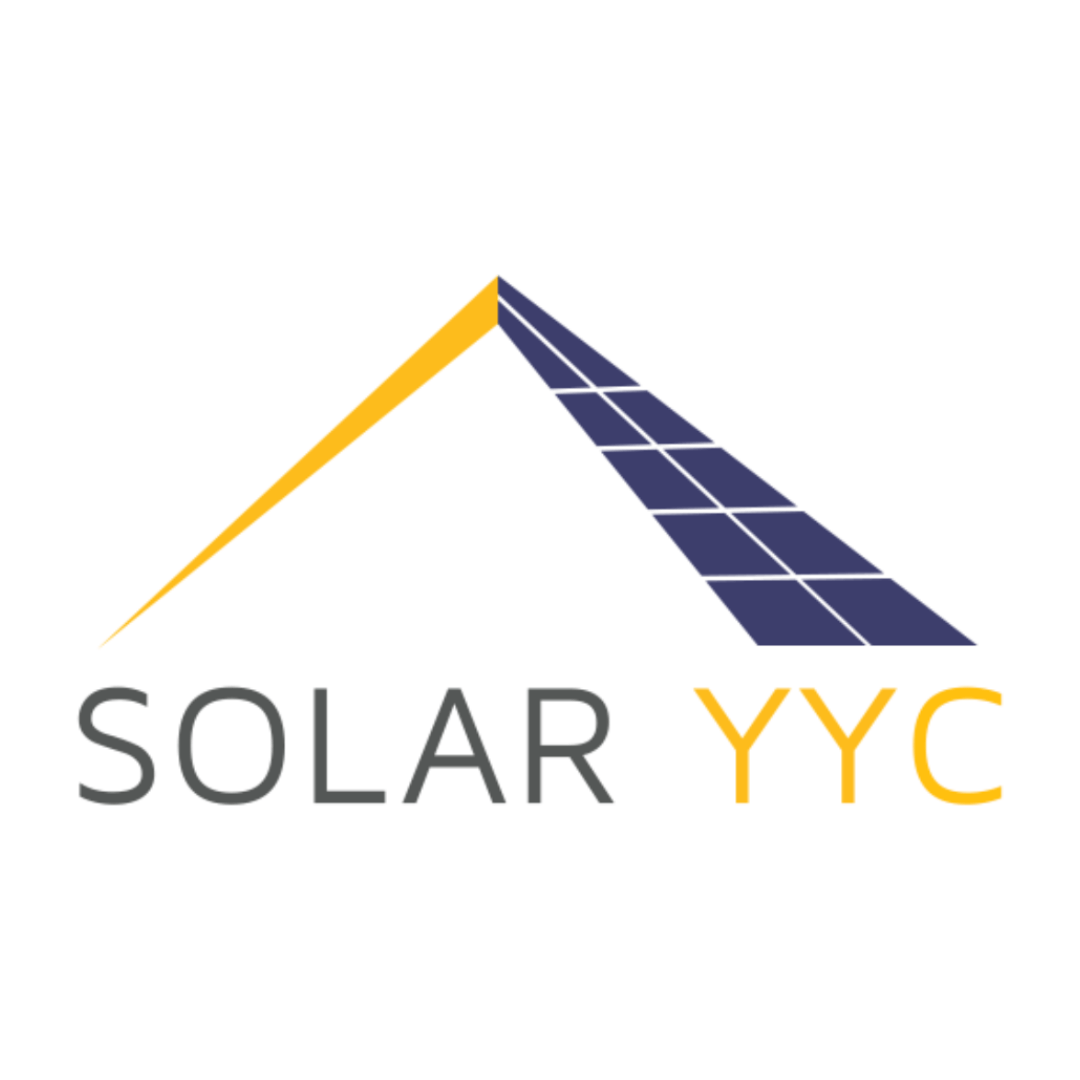Maximize Savings on Commercial Solar Projects
Take Advantage of the Clean Technology Investment Tax Credit for Commercial Buildings Alberta is increasingly becoming a hotspot for commercial solar installations, ranking as the sunniest province in Canada. With businesses more focused than ever on reducing operating costs and minimizing environmental impact, now is the perfect time to consider adding solar panels to your building. Since June 2024, you can benefit from a substantial 30% tax break on commercial solar projects, thanks to the Government of Canada’s Clean Technology Investment Tax Credit (ITC). The 30% Tax Break: A Game-Changer for Commercial Solar The federal government’s new clean technology ITC is a significant incentive for businesses looking to install solar panels. This refundable tax credit covers 30% of the cost of eligible solar energy systems for commercial properties, making it easier to make the switch. Whether retrofitting an existing building or constructing a new facility, this tax break can significantly reduce your upfront investment. Here’s how the ITC works: Reasons to go Solar on your Commercial Building: Consumers, clients, and investors increasingly look for companies that prioritize environmental responsibility. Adding Solar to your commercial building sends a clear message: your business is committed to reducing its carbon footprint. Solar energy helps cut greenhouse gas emissions and reduces your reliance on fossil fuels, which aligns with Alberta’s broader goals of shifting towards a cleaner, more sustainable energy future. Installing solar panels can also increase the value of your commercial property. Prospective buyers and tenants find solar power appealing for its cost savings and sustainability initiatives. Commercial properties with solar panels sell faster and at higher prices than comparable properties without. Why Choose Solar YYC? At Solar YYC, we understand the unique conditions of Alberta’s solar market, from local regulations to weather patterns. We’ve been at the forefront of Southern Alberta’s solar movement since 2016. Providing top-tier solar installation services to commercial, agricultural, and residential clients. From initial consultation and system design to installation and ongoing maintenance, we handle every aspect of your solar project. Ready to Go Solar? If you’re ready to explore solar power for your commercial building, now is the perfect time. Take advantage of this incredible opportunity to dramatically lower the installation cost. Start reaping the financial and environmental benefits almost immediately. At Solar YYC, we are here to guide you every step of the way, from the initial consultation through installation and beyond.











